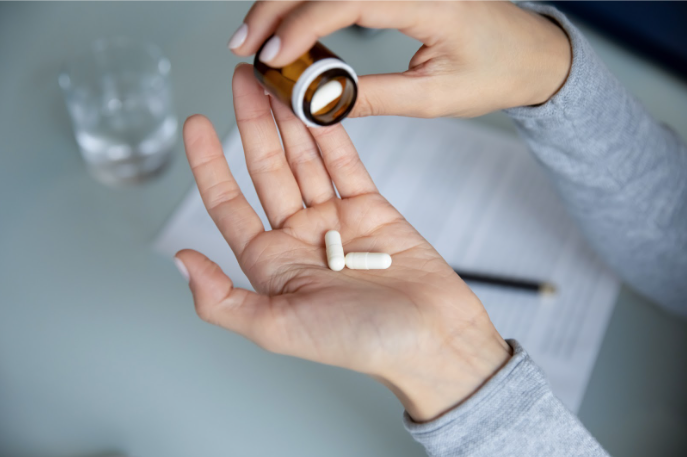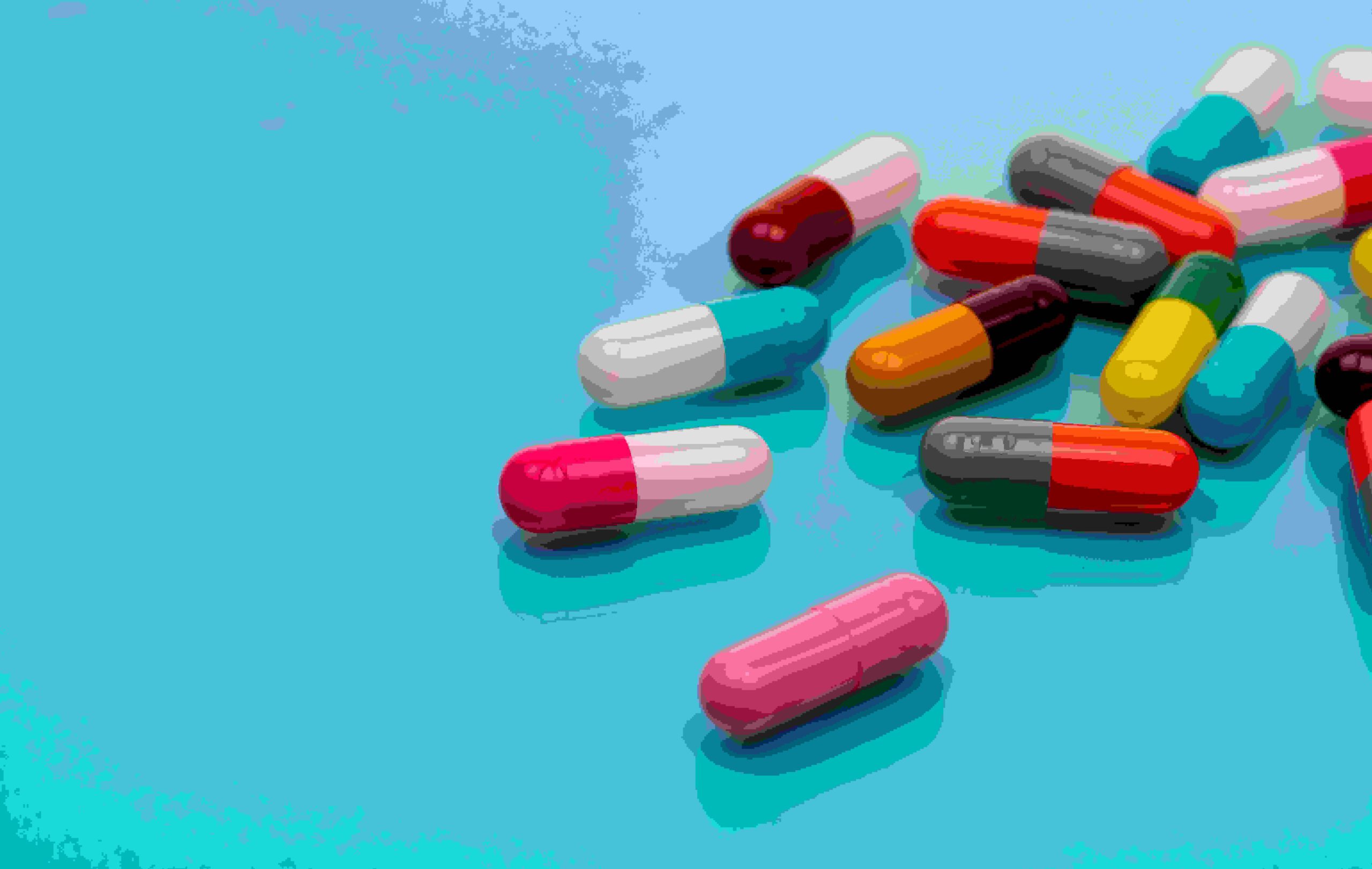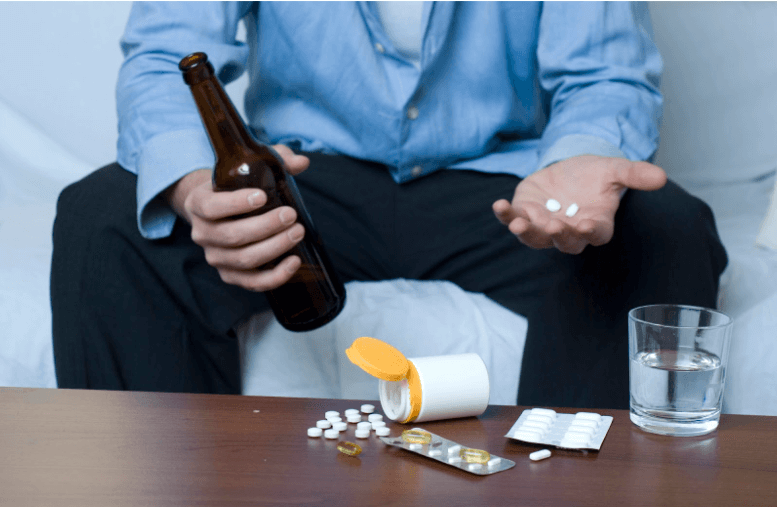Risk Factors for Tramadol Addiction
While anyone can develop an addiction to tramadol, certain factors may increase the risk, such as:
- Personal or family history of substance abuse
- Co-occurring mental health disorders like depression or anxiety
- Chronic pain conditions
- Traumatic experiences or stress
- Easy access to prescription opioids
- Lack of social support or healthy coping mechanisms
Understanding these risk factors can help individuals and healthcare providers take proactive steps to prevent or address tramadol addiction.
Preventing Tramadol Addiction

If you’ve been prescribed tramadol for pain management, there are steps you can take to reduce the risk of developing an addiction:
- Take tramadol only as prescribed and never increase the dose or frequency without consulting your doctor.
- Be honest with your healthcare provider about your medical history, including any substance abuse or mental health issues.
- Avoid mixing tramadol with alcohol or other drugs that can increase the risk of adverse effects.
- Store tramadol safely and securely, out of reach of others who may misuse it.
- Dispose of unused or expired medication properly to prevent misuse.
- Explore non-opioid pain management options, such as physical therapy, acupuncture, or non-opioid medications.
If you find yourself struggling with tramadol use or experiencing signs of tramadol addiction, don’t hesitate to reach out for help.
Treatment Options for Tramadol Addiction
If you or a loved one is struggling with tramadol addiction, know that help is available. Tramadol addiction treatment typically involves a combination of medical care, behavioral therapies, and support services. Some options may include:
Detoxification
The first step in tramadol dependence treatment is often medically supervised detox, where the drug is gradually tapered off under close monitoring. This helps manage withdrawal symptoms and prevent complications.
Medication-Assisted Treatment (MAT)
Medications like buprenorphine or methadone may be used to reduce cravings and withdrawal symptoms, helping to stabilize recovery.
Behavioral Therapies
Cognitive-behavioral therapy (CBT), motivational interviewing, and other evidence-based therapies can help identify triggers, develop coping skills, and address underlying issues that contribute to addiction.
Support Groups
12-step programs like Narcotics Anonymous (NA) and SMART Recovery provide peer support and accountability throughout the recovery process.
Aftercare Planning
Ongoing support through sober living, outpatient therapy, or alumni programs can help maintain long-term recovery and prevent relapse.
Finding the Right Treatment Program

When seeking tramadol addiction help, it’s essential to find a treatment program that meets your individual needs. Consider factors such as:
- Accreditation and licensing of the facility and staff
- Evidence-based treatment approaches
- Availability of medical and psychiatric care
- Customized treatment plans
- Family involvement and support
- Aftercare and relapse prevention planning
Don’t be afraid to ask questions and advocate for your needs. Recovery is a personal journey, and finding the right fit can make all the difference.
Take the Next Step with Aspire’s Substance Use Treatment Programs
At Aspire Recovery Center of Frisco, we’re here to support you on your path to recovery. Our experienced and compassionate team offers comprehensive substance use treatment programs tailored to your unique needs.
Evidence-Based Treatment Programs
Our outpatient substance use treatment services are delivered through three levels of care: Partial Hospitalization Program (PHP), Intensive Outpatient Program (IOP), and Supportive Outpatient Program (SOP). Each program incorporates evidence-based treatment approaches, including:
- Individual therapy
- Group counseling
- Family support
- Educational workshops
These interventions are designed to help you develop the skills and strategies necessary to overcome tramadol addiction and build a strong foundation for long-term recovery.
Compassionate Support Every Step of the Way
We believe that recovery is possible for everyone. Our team is dedicated to creating a supportive and nurturing environment where you can heal, grow, and thrive. We’ll work with you to develop a personalized treatment plan that addresses your specific needs, goals, and challenges.
Whether you’re taking the first step towards recovery or looking to strengthen your sobriety, our substance use treatment programs can help you achieve lasting success. Don’t wait another day to start your journey towards a healthier, happier life.
The Path to Recovery
Overcoming tramadol addiction is a journey, not a destination. It requires commitment, hard work, and a willingness to ask for help. But with the right treatment and support, recovery is possible.
If you’re struggling, remember that you’re not alone. Reach out to a trusted friend, family member, or healthcare provider. Take that first step towards a healthier, happier life free from the grip of addiction.
At Aspire Recovery Center of Frisco, we’re here to support you every step of the way. Contact us today to learn more about our substance use treatment programs and start your journey towards recovery.
A Message of Hope
We’ll leave you with this thought: Addiction does not define you. It is but a chapter in your story, not the whole book. You have the power to write a new ending, one of healing, growth, and resilience. Believe in yourself, lean on others, and never give up hope. A brighter future awaits.

Let us help you aspire to a new beginning.
If you or someone you know is struggling with tramadol addiction, remember that help is just a call or click away.
Aspire’s comprehensive substance use treatment programs offer personalized care designed to support each step of the recovery journey. With expert medical staff, a variety of therapy options, and a supportive community, Aspire is dedicated to providing the tools and guidance needed for lasting recovery.
Don’t let addiction control your life any longer. Reach out to Aspire today and take the first step towards a healthier, happier future. For more information or to get started with your recovery, contact Aspire at:
Frequently Asked Questions
1. Can tramadol addiction be prevented?
While there’s no surefire way to prevent addiction, using tramadol only as prescribed and discussing any concerns with your doctor can help reduce the risk. Be honest about your history of substance use and any mental health issues.
2. How long does tramadol withdrawal last?
Symptoms of tramadol withdrawal typically peak within a few days and subside over the course of a week or two. However, some people may experience prolonged symptoms, known as post-acute withdrawal syndrome (PAWS), for several months.
3. Is tramadol addiction treatable?
Yes, tramadol addiction is treatable with a comprehensive approach that addresses both physical and psychological dependence. Tramadol addiction treatment may include detox, medication, therapy, and support services.
4. What should I do if I suspect someone is addicted to tramadol?
If you suspect someone is struggling with tramadol addiction, approach the conversation with compassion and empathy. Encourage them to seek professional tramadol addiction help and offer your support throughout the recovery process. Remember, addiction is a disease, not a personal failing.
5. How can I support a loved one in recovery from tramadol addiction?
Supporting a loved one in recovery involves practicing patience, setting healthy boundaries, and encouraging their participation in tramadol addiction treatment and support groups. Educate yourself about addiction and recovery, attend family therapy or support groups, and prioritize your own self-care. Remember, recovery is a lifelong process, and your love and support can make all the difference.






















